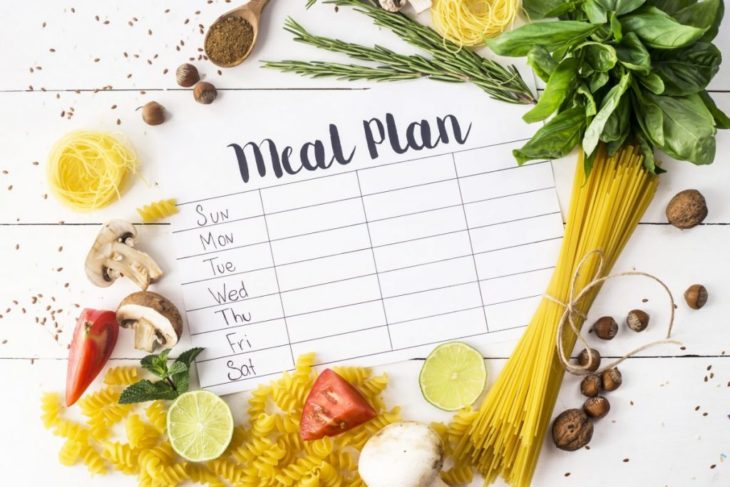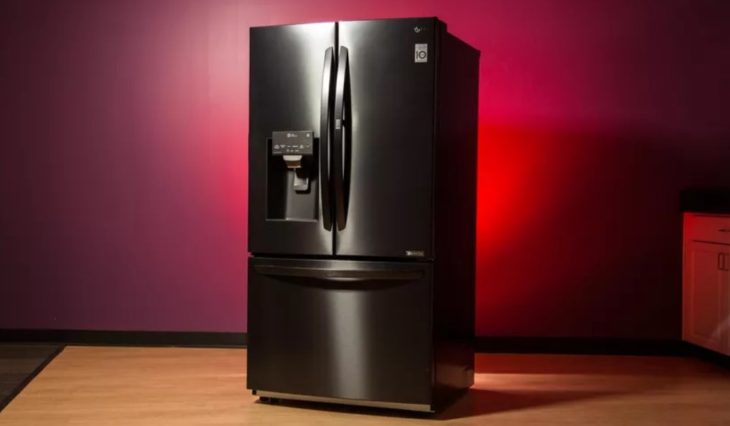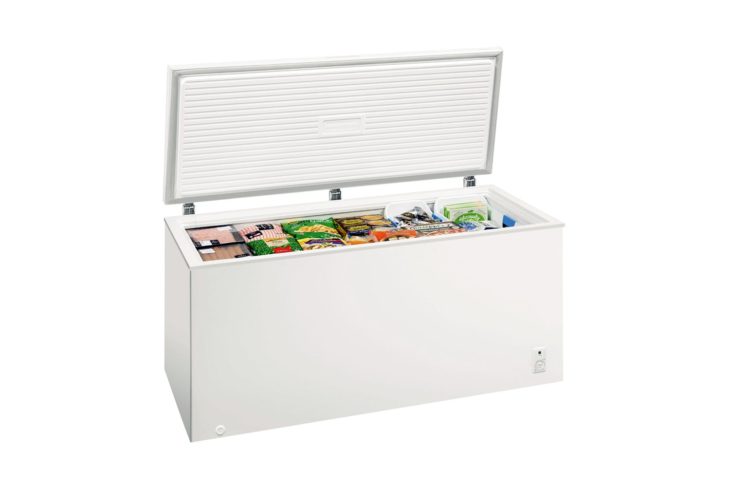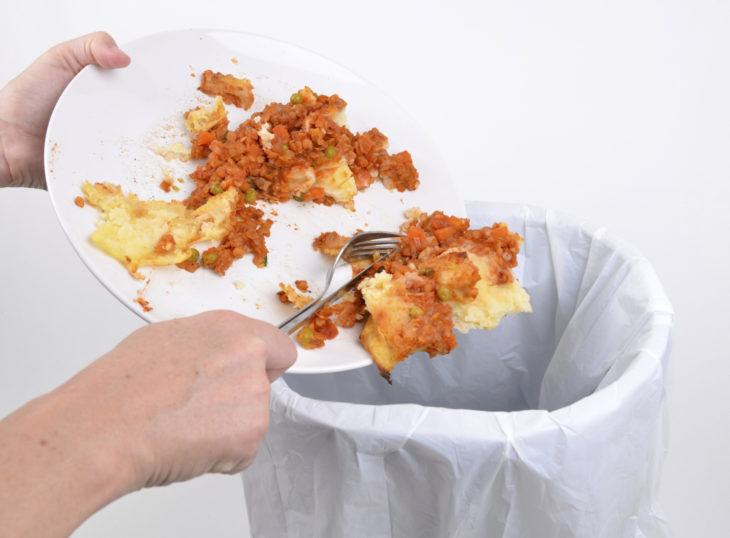If you are a busy mom, you must know how tiring and time-consuming it can be to prepare meals after a busy day at work. And if you have found yourself in this situation multiple times, you might want to learn about a little, but a quite useful thing called meal planning. In the text below, you will learn about what is meal planning, as well as some tips for properly storing your food or leftovers for later use.
Let’s take a look at the useful advice below:
Contents
Meal Planning Explained

Source: Salt Sugar Spice
Meal planning is like a “budget” for your food. Basically, it requires you to decide on what you will eat for one week. This means that you can choose to order food 5 days in a row, go out to eat, or prepare every meal in your kitchen. The choices you make will depend on you entirely. If done right, you will be able to save money and time, as well as make things drastically easier for yourself. So, are you wondering why you should try meal planning?
Three Things That Meal Planning Can Help You With
By implementing meal planning to your household, you will be able to:
1. Save Time – when a new week begins, you will need to spend around half an hour planning your meals. Although that might be more time than you spend now, just imagine how good it will be to know exactly what you will eat. You will no longer have to run to the store after work to buy the ingredients you need, and you will not have to spend a single second on thinking about what you should prepare when you get home.
2. Save Money – by being well-organized before going to the store, you will not buy food/ingredients that you do not need – instead, you will be able to buy only the things you will need. Find some interesting recipes, make the list of things you need, and you will be able to save hundreds of dollars every month. Not only that, but the money that you would use on food can be used for other things such as a savings/college/vacation fund, or you can enjoy more nights out.
3. Save Your Sanity – if you plan ahead, you will be entirely prepared and organized. You will not have to think about what you will make, come up with new recipes, or run to the store when you forget something. Hence, you will be able to easily reduce the stress you are feeling, especially when your family asks what’s for dinner.
Now that you have learned what benefits meal planning can provide, let’s take a look at the tips for storing food.
The Best Tips For Storing Food and Leftovers
What Can You Store in The Fridge?

Source: CNet
The first thing we will be looking at is what should be stored in the refrigerator. Some food should be stored in the refrigerator in order to slow down bacteria growth, as well as keep the food fresher and safer for consumption. This includes food that has a “use by” date on the packaging.
If you want to store leftovers that you will consume in the next few days, store them in plastic containers.
However, keep in mind that you will want to eat it within 2 to 3 days after you have stored it. If you open a tin can, keep in mind that you should seal it to keep it fresh and to keep the food from developing a metallic taste.
What Can You Store in The Freezer?

Source: Harvey Norman
The first thing you should know is that you can place almost anything in the freezer. This includes food and ingredients such as yogurt, cheese (keep in mind that freezing cheese will affect its texture and taste), milk, meat fish, eggs, bananas (if they are peeled and wrapped in a container), baked goods, bread, and so on.
If you want to freeze food that has high-water content such as tomatoes, cucumbers, blackberries, and strawberries, they might be a bit squishy when you defrost them, however, the ingredients can be used for cooking or baking. Also, meat or fish should be placed in a vacuum sealer before it is placed in the freezer. As the experts from DiligentChef.com concluded, the best sealers include the FoodSaver 2-in-1 4800 automatic vacuum sealer package and the FoodSaver FM2453-ECR vacuum sealer that is perfect for beginners. Also, it is useful to add a label stating when should you use it. This will prevent you from eating meat that has gone bad.
How to Store Leftover Food?

Source: pressandjournal.co.uk
You should not throw away leftover food since you could be throwing away your lunch for tomorrow! Now, you will need to cool them down as quickly as you can. Divide the food into several portions, place them in containers or a sealing package, and then place the containers/packages in the fridge or freezer. When you are defrosting or reheating the leftovers, you will want to make sure that it reaches around 70ºC for about 2 minutes since you do not want it to be cold.
The one thing you will definitely want to remember when storing your leftovers in either a fridge or freezer is that you should always, I repeat, always, place it in when the food is completely cold. If you do not place them when they are cold, they will definitely go bad and it might lead to food poisoning, hence, be extremely careful. Also, one more tip before we wrap this article up – if you reheat defrost your food, never reheat it more than once, and never return it in the freezer or refrigerator.
Conclusion
As you can see, meal planning and properly storing food is incredibly important. And, it will not only save you time and money, but it will also stop you from going crazy when you have to come up with a lunch/dinner idea. Hence, now that you know what benefits you can reap, do not waste any more time, and start planning your weekly meals right away.
